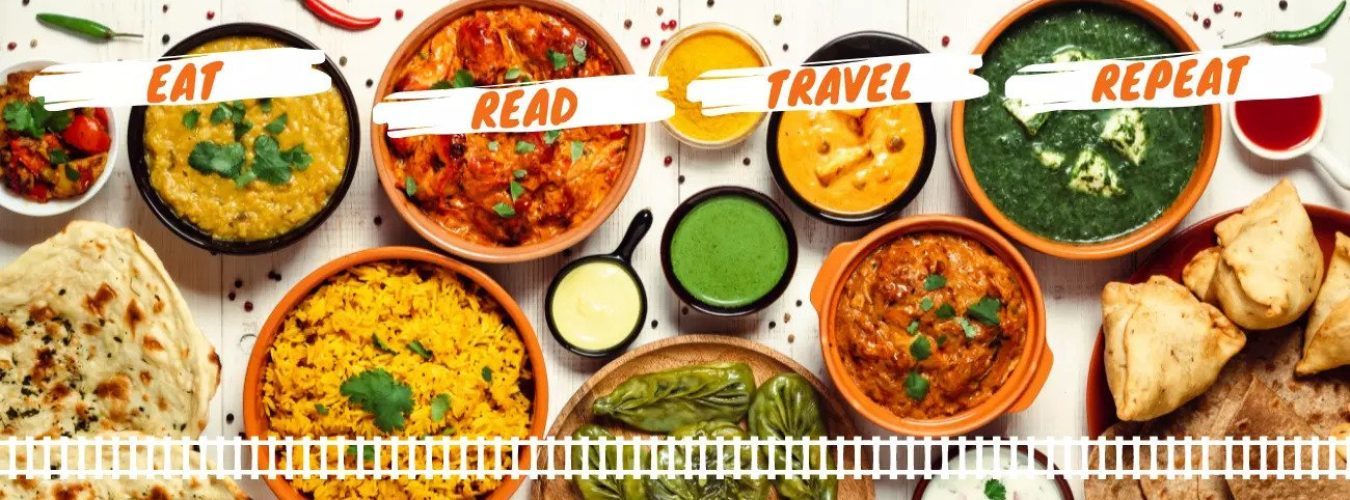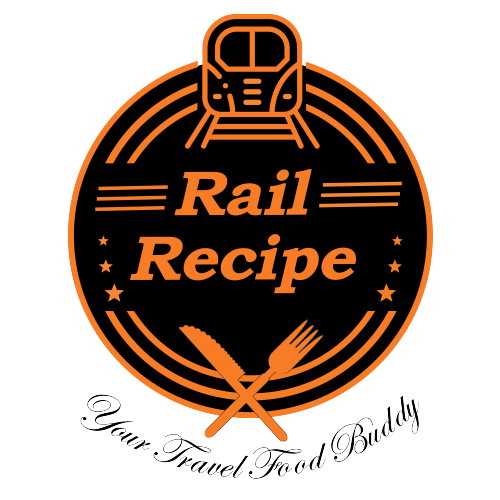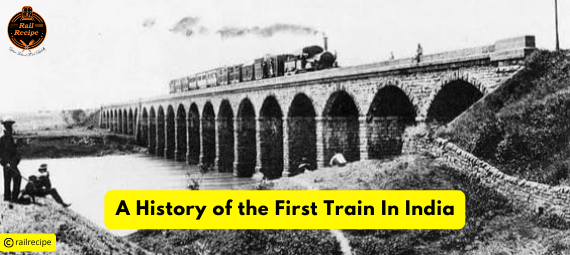On April 16, 1853, the first passenger train in India ran from Mumbai’s Bori Bunder to Thane, Maharashtra. So, look at this blog to explore the history of Indian railways, including industrial railways, passenger trains, and the story of electrification and modernization. The running of first train in India was a historic day, and 400 lucky passengers got opportunity for this once-in-a-lifetime excursion. The Great Indian Peninsula Railway was the first to run a train.
 Get IRCTC Train Food Delivery From RailRecipe
Get IRCTC Train Food Delivery From RailRecipe
History of the First Train in India
In 1832, the idea of creating a railway system in India was first proposed. Train travel in Britain was still in its infancy at the time, but the East India Company saw the significance of creating a comprehensive rail network. Lord Hardinge, who is a Governor-General of India at that time. He permitted private entrepreneurs to build a rail system. Two companies, i.e., “Great Indian Peninsula Railway” and the “East Indian Railway Company,” were established in 1845.
Alos, read: Top 10 Fastest Trains in India
The first railway in India went from Bori Bunder to Thane, covering approximately 34 kilometers. In 1880, a network of roughly 14,500 kilometers was developed around the three major port towns of Bombay, Madras, and Calcutta. The Railway Board was established in 1901 under the Department of Commerce and Industry’s direction. Regardless, the Viceroy was given authority.
History of Indian Railways
1832–1852: Industrial Railways
1853–1924: Passenger Railways and Expansion
1925–1946: Electrification and Further Expansion
1951–1983: Zonal Re-Organization and Further Developments
RailRecipe, An IRCTC-Authorized E-Catering Service Provider

RailRecipe is the No.1 food delivery in train service provider. It is well-known for providing cuisine from top-tier restaurants to train passengers at a substantial discount and on-time delivery. Order your first meal from RailRecipe app and get a bumper discount.


